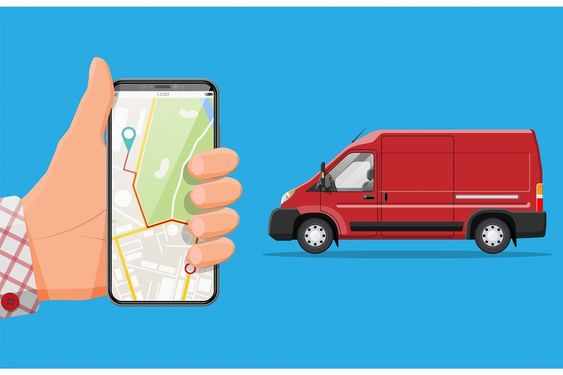
In the ever-evolving landscape of logistics, the influence of Uber has transcended traditional transportation and extended its reach to the world of freight and logistics. If you're contemplating the development of an Uber-like logistics app, you're on the right track to revolutionize the industry. To guide you through this venture, let's explore the key aspects to consider when developing a logistics app that mirrors the success of Uber.
Understanding the Uber Logistics Model
Uber's success in the logistics sector is rooted in its ability to connect businesses and individuals with reliable transportation services seamlessly. To develop an Uber-like logistics app, it's essential to comprehend the intricacies of Uber for logistics.
Real-Time Tracking and Visibility
One of the pillars of Uber's logistics success is the real-time tracking feature. This functionality allows businesses to monitor the movement of their shipments in real-time. Implementing a robust tracking system in your app enhances visibility, providing users with accurate information about the location and status of their shipments.
Dynamic Pricing and Transparency
Uber's pricing model, based on real-time demand and supply, has been a game-changer. Emulate this success by incorporating dynamic pricing algorithms into your logistics app. Transparency in pricing builds trust, and users appreciate knowing the cost factors that contribute to their delivery charges.
Seamless Integration with Partners
Uber's logistics success is attributed to its ability to integrate seamlessly with various partners, from individual drivers to larger logistics companies. Ensure that your app is designed to facilitate smooth collaboration between shippers, carriers, and other stakeholders. An open and adaptable platform contributes to the scalability and versatility of your Uber-like logistics app.
Key Features for an Uber-Like Logistics App
Now that we've explored the core principles, let's delve into the essential features that make an Uber-like logistics app stand out.
User-Friendly Interface
The success of Uber lies in its intuitive app interface. Design a user-friendly platform that caters to both shippers and carriers. Prioritize simplicity in navigation and ensure that users can access and understand the app's features with minimal effort.
Efficient Routing and Optimization
Incorporate advanced routing algorithms to optimize delivery routes, minimize delays, and reduce fuel consumption. Uber's logistics success is partially attributed to its ability to streamline routes, ensuring timely and cost-effective deliveries.
Real-Time Communication
Facilitate real-time communication between shippers, carriers, and recipients. Uber's success is not only in the physical movement of goods but also in the seamless exchange of information. Implement features such as instant messaging, notifications, and alerts to keep all stakeholders informed throughout the logistics process.
Development and Launch Strategy
With the foundational knowledge in place, it's time to outline a step-by-step development and launch strategy for your Uber-like logistics app.
Thorough Market Research
Conduct comprehensive market research to identify the specific needs and challenges within the logistics industry. Analyze competitor apps to understand market gaps and opportunities. Tailor your app's features to address these unique requirements.
Collaborate with Logistics Experts
Engage with professionals who have expertise in the logistics and transportation industry. Their insights can be invaluable in fine-tuning your app's features and ensuring that it meets the practical needs of businesses involved in freight and logistics.
Rigorous Testing and Quality Assurance
Prioritize rigorous testing throughout the development process. Identify and rectify any glitches or issues that may arise during testing. A reliable and well-tested app instills confidence in users and contributes to the overall success of your Uber-like logistics platform.
Strategic Marketing and User Onboarding
Coordinate a strategic marketing campaign to launch your app successfully. Emphasize the benefits of your Uber-like logistics app, focusing on its user-friendly interface, real-time tracking, and transparent pricing. Provide comprehensive onboarding support to users to ensure a smooth transition to your platform.
Further Exploration: Continuing Your Knowledge in Logistics Technology
To stay ahead in the dynamic field of logistics technology, consider delving into the following topics:
Blockchain in Supply Chain: Explore how blockchain technology enhances transparency and security in the supply chain, contributing to the evolution of logistics technology.
Last-Mile Delivery Innovations: Investigate emerging technologies and strategies for optimizing last-mile delivery, a critical aspect of logistics that significantly impacts user satisfaction.
AI and Predictive Analytics in Logistics: Stay updated on the integration of artificial intelligence and predictive analytics in logistics operations, contributing to more efficient route planning and resource allocation.
Embarking on the development of an Uber-like logistics app requires a comprehensive understanding of the industry and a strategic approach to meet user needs. By prioritizing features such as real-time tracking, dynamic pricing, and seamless communication, you can position your app for success in the competitive world of logistics technology.












Write a comment ...